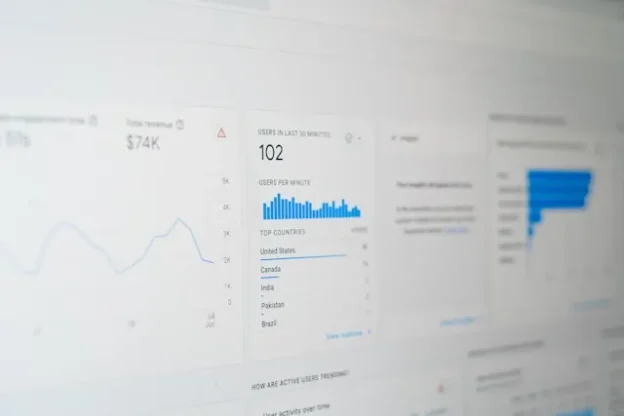
Traditionally, businesses have been broken into units, each of which has a particular area of expertise and responsibility. Public relations handled interactions with the media, marketing was responsible for getting the word out, and SEO for bringing in traffic by any means. Then there’s customer service, sales, administration, manufacturing, and so on. Each a little dukedom with feudal responsibility to its C-Level royal court.
SEO is changing;
SEO’s role is changing. Indeed, it’s expanding beyond its old core functions. These traditionally involved bringing in traffic through technical site optimization and link building. Now, people more accurately refer to this broader approach as inbound marketing. Furthermore, in today’s world, a strong web presence is absolutely key for any company’s income. Furthermore, Google strictly targets disapproved tactics. Therefore, content has become the most important element. (more…)




